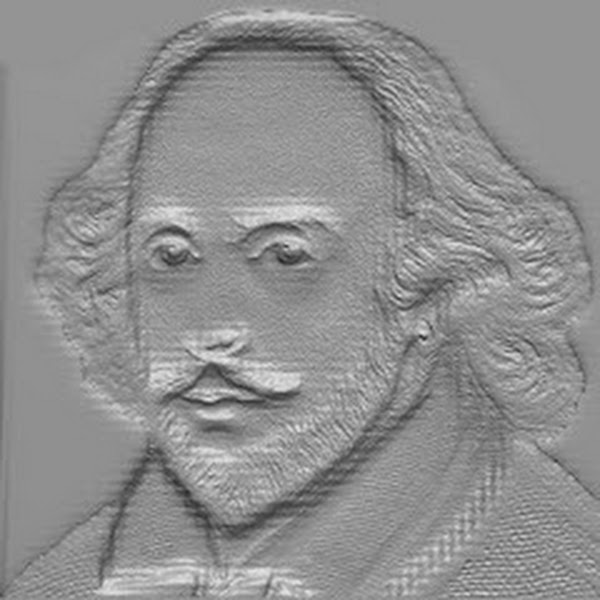Birth:
1552/1553 – London, England (there is still some ambiguity)
Parents:
His parenthood is obscure, but he was probably the son of John Spenser, a journeyman clothmaker.
Spouse:
Married his first wife, Machabyas Childe. They had two children, Sylvanus and Katherine.
By 1594, Spenser’s first wife had died, and in that year, he married a much younger Elizabeth Boyle.
He addressed to her the sonnet sequence Amoretti. The marriage itself was celebrated in Epithalamion. They had a son named Peregrine
Died:
13 January 1599 – London, England
Resting Place:
Westminster Abbey
Occupation:
Poet
Nationality:
English
Familiar:
Best known for The Faerie Queene, an epic poem and fantastical allegory celebrating the Tudor dynasty and Elizabeth I.
He is often considered as one of the greatest poets in the English language- poet of poets.
Works:
The Shepheardes Calender is Edmund Spenser’s first major work, which appeared in 1579.
Spenser’s masterpiece is the epic poem The Faerie Queene, one of the longest poems in the English language, an allegorical work, including as praise of Queen Elizabeth I,
Shorter Poems:
In 1591, he published Complaints, in 1595, Spenser published Amoretti and Epithalamion, Prothalamion.
Spenserian Stanza/Sonnet
Spenser used a distinctive verse form, called the Spenserian stanza, The stanza’s main meter is iambic pentameter with a final line in iambic hexameter (having six feet or stresses, known as an Alexandrine), and the rhyme scheme is ababbcbcc. He also used his own rhyme scheme for the sonnet.
In a Spenserian sonnet, the last line of every quatrain is linked with the first line of the next one, yielding the rhyme scheme ababbcbccdcdee
 CSP
CSP